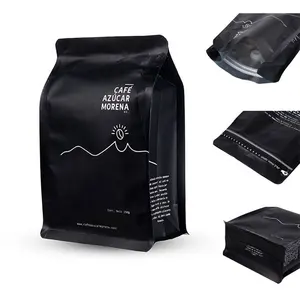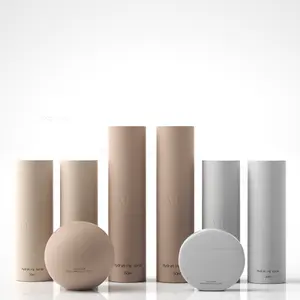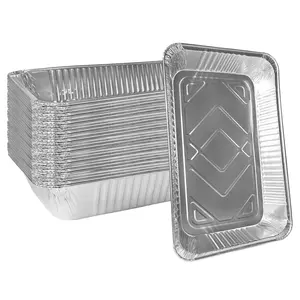Popular in your industry




















































































































































































Top categories
About ring pull lid
Understanding Ring Pull Lids
Ring pull lids are a prevalent choice for packaging solutions across various industries. These lids are designed with a ring mechanism that, when pulled, easily opens the container, providing a convenient and user-friendly experience. This type of closure is commonly associated with beverage cans, but its applications extend far beyond.
Types and Materials
There is a diverse range of ring pull lid options to cater to different packaging needs. Materials used in their construction include aluminum foil, stainless steel, and plastic composites like AS (Acrylonitrile Styrene). Each material offers distinct advantages, from the lightweight and recyclable nature of aluminum to the durability of stainless steel.
Features and Applications
Ring pull lids come with various features such as non-spill, non-refillable, and child-proof designs, ensuring safety and convenience. Their applications are extensive, covering sectors from food and beverage to pharmaceuticals, where secure and easy access to the contents is essential.
Advantages of Ring Pull Lids
The advantages of using ring pull lids are manifold. They provide ease of use for consumers, enhance the shelf appeal of products, and offer an added layer of security. Moreover, the ease of recycling materials like aluminum positions ring pull lids as a sustainable packaging option.
Selection Criteria
When selecting a ring pull lid, it is crucial to consider the compatibility with the container material, the intended use, and the specific features required, such as tamper-evidence or child resistance. The choice of material will also impact the overall recyclability and sustainability of the packaging.
Environmental Considerations
In today's eco-conscious market, the environmental impact of packaging is a significant consideration. Ring pull lids made from recyclable materials such as aluminum contribute to a circular economy, reducing waste and conserving resources.





































